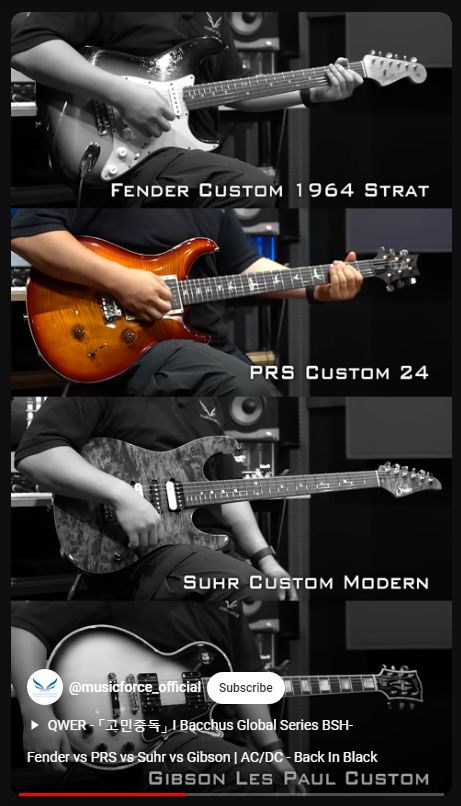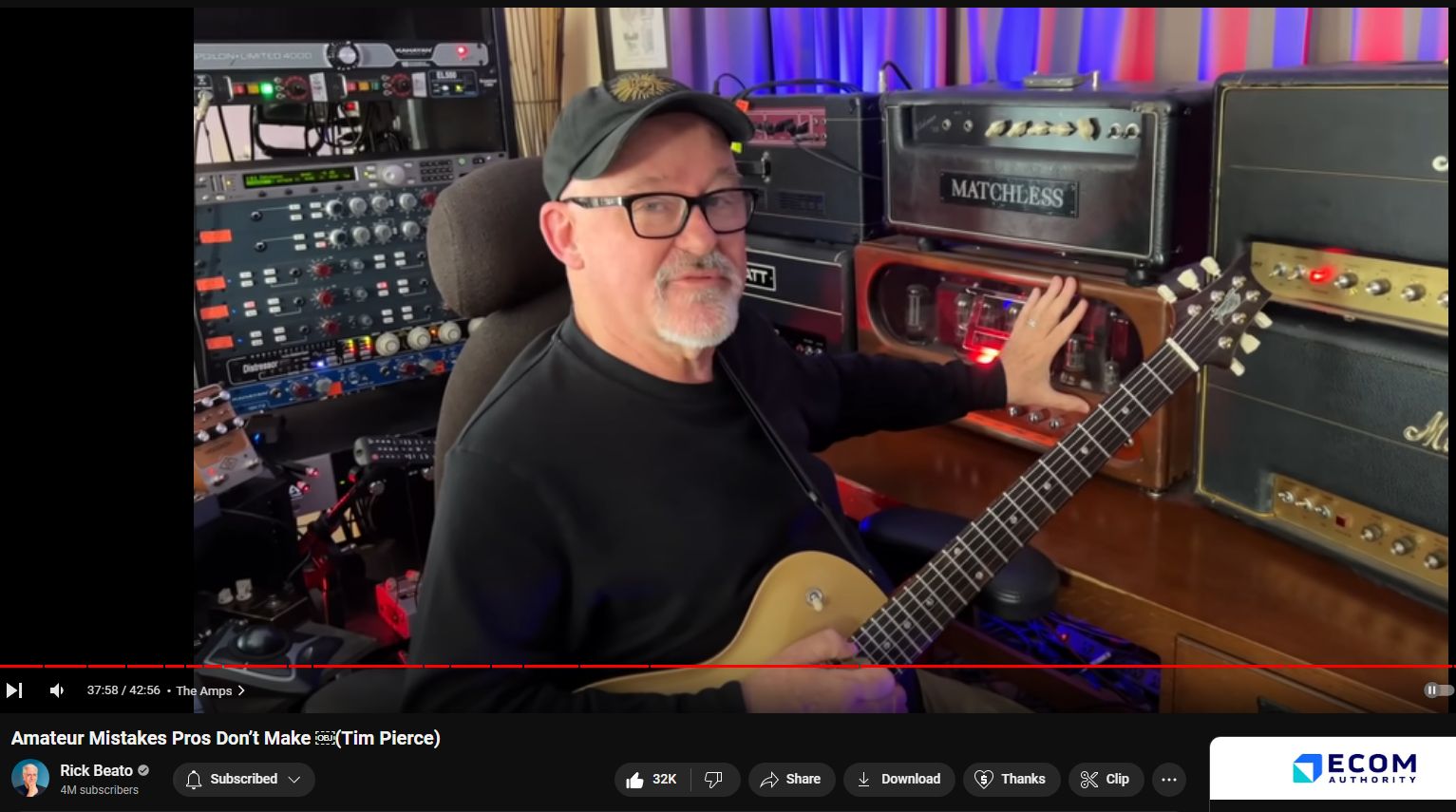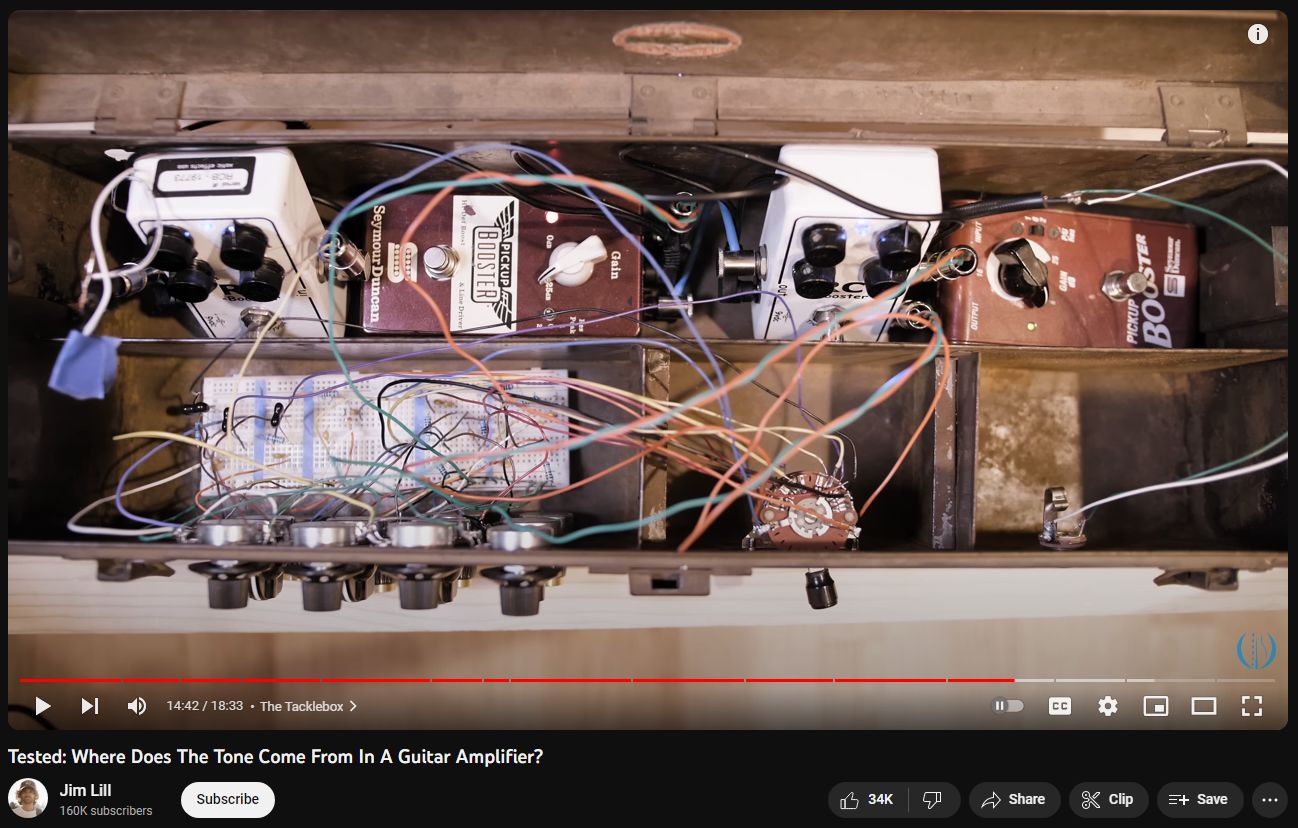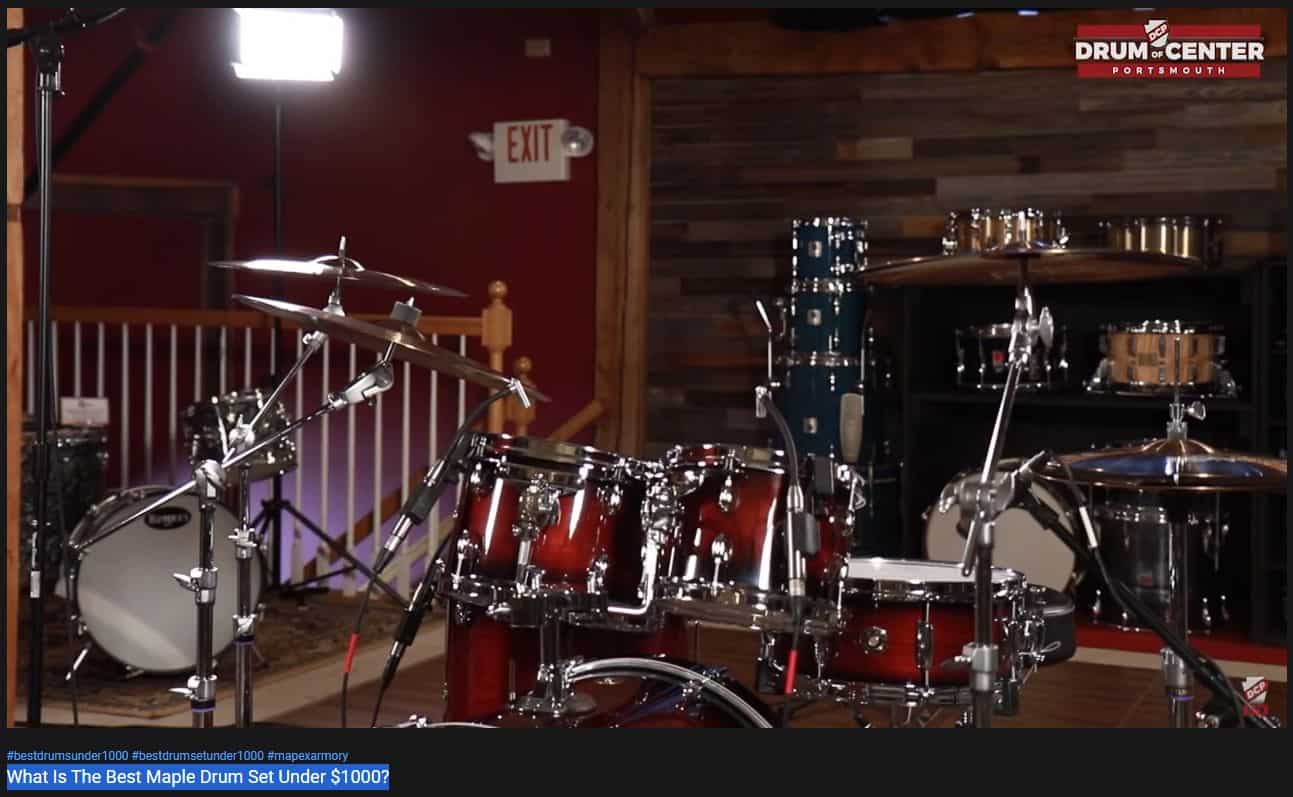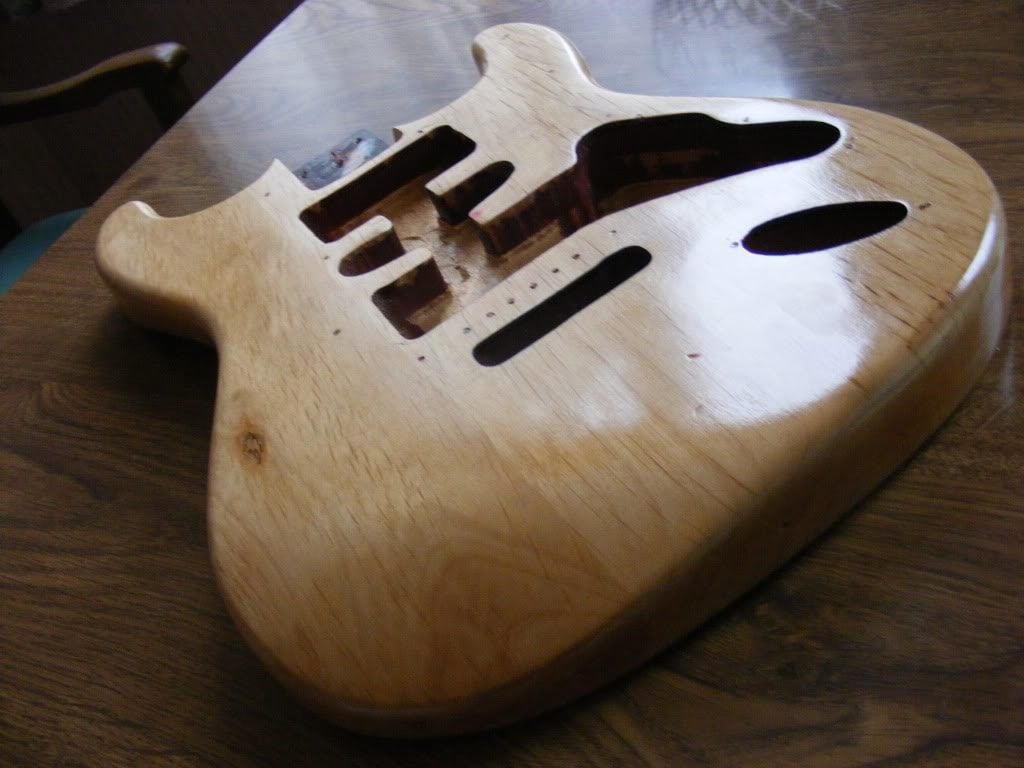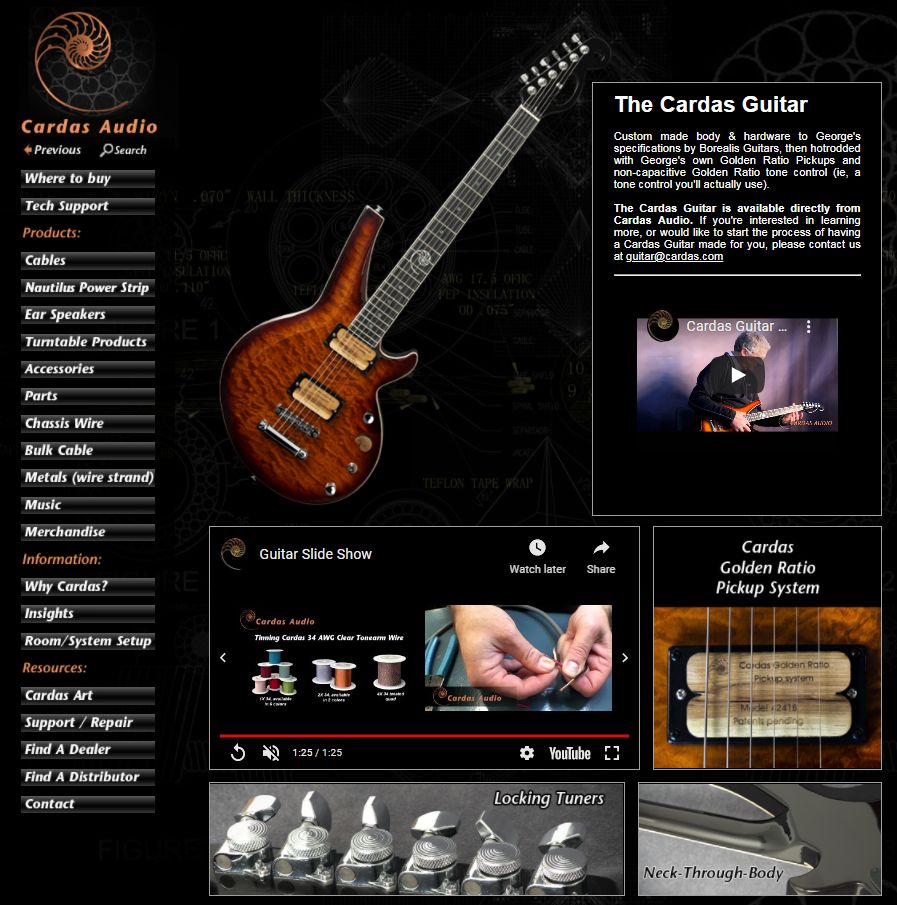Tone
Guitar Pick Thickness vs Tone
Guitar Pick Thickness Understanding Guitar Picks: Flexibility vs. Rigidity and Their Effects on Sound Quality Guitar picks, though small in size, play a significant role in shaping the sound of a guitar. They come in various shapes, sizes, and materials, each contributing uniquely to the tone and feel of the instrument. One of the most … Read more
Sound Quality and Effects, Best Settings
Sound Quality and Effects
Snare Drum Hoops Comparison – Drummer’s Review — triple flange, s-hoop, die-cast, in wood, steel, brass
Snare Drum Hoops Comparison
Put your money where it matters 4k Drum Set with Cheap Heads VS 400 Drum Set with Nice Heads
Put your money where it matters 4k Drum Set with Cheap Heads VS 400 Drum Set with Nice Heads
Functional anatomy of musical processing in listeners with absolute pitch and relative pitch
Functional anatomy of musical processing in listeners with absolute pitch and relative pitch
The Inner Nature of Music and the Experience of Tone – The Occult Basis of Music – A lecture by Rudolf Steiner Cologne, December 3, 1906
The Inner Nature of Music and the Experience of Tone
Guitar Preamp Tone Explained – by Phil Taylor / Effectrode
Guitar Preamp Tone Explained
A432 in Plain English – Jamie Buturff
A432 in Plain English
Tonewood and resonant frequency myths debunked
Tonewood and resonant frequency myths debunked
Tonewood Does it make a difference in Electric Guitars
Tonewood Does it make a difference in Electric Guitars
Use of Music — Alan Watt Explains the Music Industry and Musical Mind Control
Alan Watt Explains the Music Industry and Musical Mind Control
Musical rhythm spectra from Bach to Joplin obey a 1/f power law
Musical rhythm spectra from Bach to Joplin obey a 1/f power law
Cardas 223 Guitar Cable
Cardas 223 Guitar Cable
Cardas Golden Ratio Guitar Pickups
Cardas Golden Ratio Guitar Pickups Custom made body & hardware to George’s specifications by Borealis Guitars, then hotrodded with George’s own Golden Ratio Pickups and non-capacitive Golden Ratio tone control (ie, a tone control you’ll actually use). http://www.cardas.com/cardas_guitar.php
Automotive Audio Tubed Tunes on the Go Robb Report Collection
Automotive Audio Tubed Tunes on the Go Robb Report Collection
Listening to tailor-made notched music reduces tinnitus loudness and tinnitus-related auditory cortex activity
Listening to tailor-made notched music reduces tinnitus loudness and tinnitus-related auditory cortex activity
Pitch perception beyond the traditional existence region of pitch
“…the perception of musical pitch at high frequencies is not constrained by temporal phase locking in the auditory nerve but may instead stem from higher-level constraints shaped by prior exposure to harmonic sounds.” Humans’ ability to recognize musical melodies is generally limited to pure-tone frequencies below 4 or 5 kHz. This limit coincides with the … Read more
Soloist evaluations of six Old Italian and six new violins
Claudia Fritz, Joseph Curtin, Jacques Poitevineau, Hugues Borsarello, Indiana Wollman, Fan-Chia Tao, and Thierry Ghasarossian PNAS 2014 111 (20) 7224-7229; published ahead of print April 7, 2014, http://www.pnas.org/content/111/20/7224.full.pdf+html “Soloist evaluations of six Old Italian and six new violins” conducted by Claudia Fritz, Joseph Curtin, Jacques Poitevineau, and Fan-Chia Tao. This research was published in the … Read more
